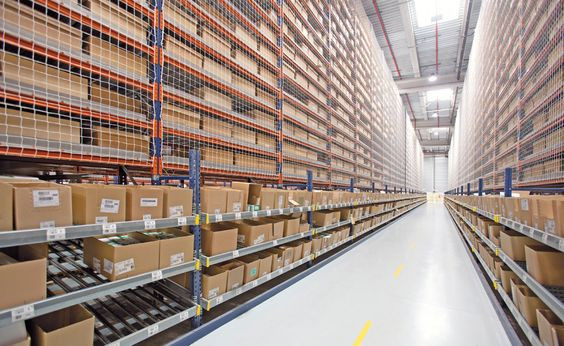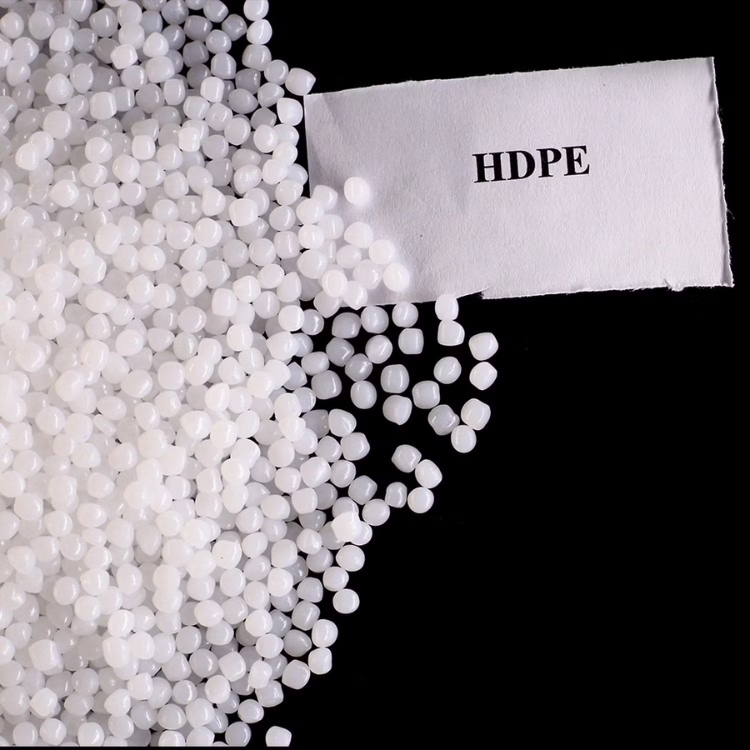
These days, packaging is widely utilized in the majority of businesses, including those that produce food, drinks, chemicals, fertilizers, and etc. Every product must be packaged in its own packaging. To put it briefly, packaging plays a critical role in both production and consumption. Below are several helpful applications for packing that you might not have considered.
1. Preventing damage/contamination to products
Packaging is primarily used to protect goods from potential harm during handling, storage, and transportation. Packaging keeps the product undamaged from the point of manufacture to the final consumer. It prevents the item from heat, light, humidity, and other environmental elements. Particularly in the food and beverage, fertilizer, and rice manufacturing sectors, packaging plays a significant role.
2. Packaging help contain more products/commodities and decrease the manufacturing cost
Bags such as jumbo bags or flexible intermediate bulk containers (FIBCs), and bulk bags have long been used for enclosing and storing commodities in advanced industrial economies including the US, Europe, and Japan. Since they have so many advantages,, example:
- Jumbo bags have a large capacity and load capacity, usually from about 500 KGS – 3000 KGS. This helps contain more products in a packing. Therefore you can organize items in a neater manner, makes the warehouse look more professional and conserves manufacturing space. It also makes managing goods easier.
- Using jumbo bags helps businesses save a lot of costs, including: labor costs in packing and unloading goods. The cost of buying jumbo bags will be cheaper than other types of small bags to contain the same amount of product.
- In addition, FIBCs bags can be reused many times. Most of them are made from 100% PP materials.
- FIBCs bags are eco-friendly products. Nowadays, consumers are more conscious about their carbon footprint and being green than ever before. Thus, it is essential for factories to consider the type of packaging they want to use, with a sustainable future in mind.

3. Making it easier to identify product
Most of the packaging contains particular products. They are marked and printed product information. The name of the product is printed boldly and clearly on the packaging both front and back.While people want to use any kind, they can know how it looks and where it is in the warehouse. The warehouse contains many types of commodities. Packaging brings convenience to classify and recognize goods.

4. Easy to load, unload and transport
The packaging is designed to be stacked safely and efficiently. Therefore, when arranging them in warehouses or on transport vehicles, we can significantly save space. Optimal space will help store more goods.
When you want to move products, you can use special machines to transfer numerous commodities. This reduces the time and effort required during loading, unloading and transporting goods. In addition, packaging also optimizes space in warehouses and transportation vehicles.
5. Transmission of information
One of the basic roles of packaging is to convey information. Printed information includes both mandatory and optional information such as: product name, functions, manufacturer information, ingredients, uses, expiration date, etc. Relying on the packaging, customers can know the necessary information of the product and choose the product that suits their needs.
6. Pay customer’s attention
Unique packaging can enhance a product’s appeal and influence the desire to purchase the product. About two-thirds of customers believe that packaging can influence purchasing decisions. Packaging can also convey a complete story about the company behind the product as well as the product’s social, environmental and economic impact. Packaging is the means of conveying a company’s values as well as the many benefits that this product can bring to customers.
7. Enhance brand identity
Product package design is a vital element in the building of brand identity. Sometimes, supplementary packaging is intended to be placed directly on store shelves. This conveys that brand by better showcasing main packages and enhancing the visually appealing impression of a colorful, distinctive layout. On-shelf packaging design, layout, typography, and concepts have developed into a sophisticated communication discipline. Their job is to draw the customer’s attention, persuade them to reach out and get the goods off the shelf, and then, once the thing is in their possession, reassure them of its quality.
Additionally, a consistent brand identity across product lines makes it easier for customers to recognize and react to different products from your company.
8. Easily reusable
Products having a box design allow consumers to repeatedly open and close them. The package can hold other items if it is composed of reusable materials. Many individuals favor these forms of packing since they are quite convenient. Besides, packaging reuse is a huge opportunity to retain the functionality of materials and products, while achieving significant reductions in material use and environmental impact. Reusable packaging forms have historically been used in a wide variety of applications and are still found, also in B2B (Business to Business) including crates, pallets and in B2C (Business to Consumer) example beer and bottles.
K-Packing, a reputable manufacturer specialized in packaging materials, located at No.169, Nguyen Ngoc Vu Street, Cau Giay district, Ha Noi, Viet Nam. With over 20 years of experience in this industry, we have many experiences when partnering with more than 200 customers from Japan and the United State.
Our mission is to bring quality packaging with the best price to clients. We commit all packaging to high quality, durable and eco-friendly. If you need further information on the best types of packaging for your industry, our expert staff are on hand to answer any of your questions. Do not hesitate to comment below this article or contact us via:
Whatsapp: +84 85 555 5844











